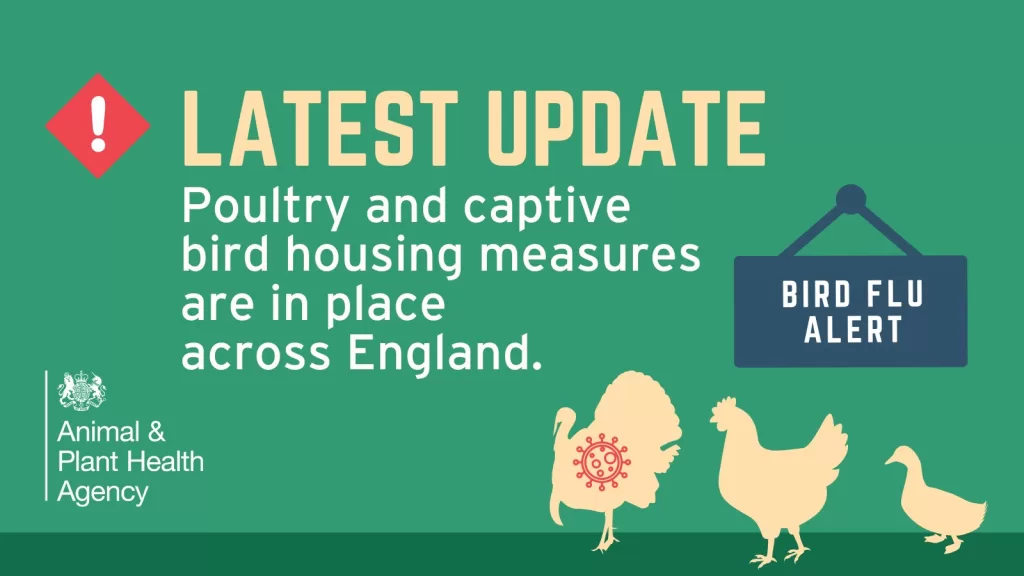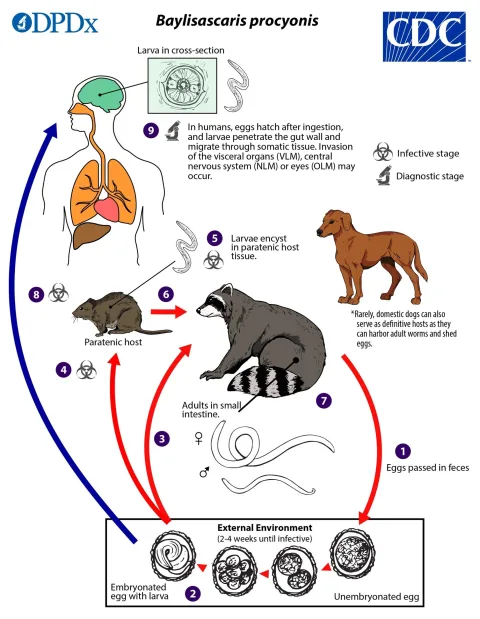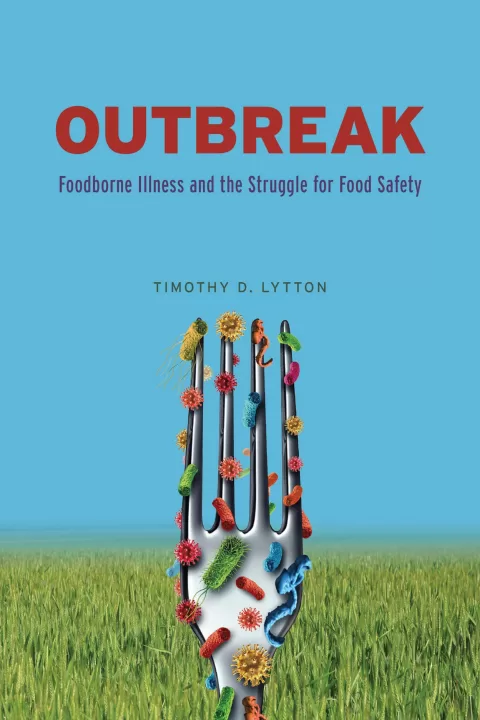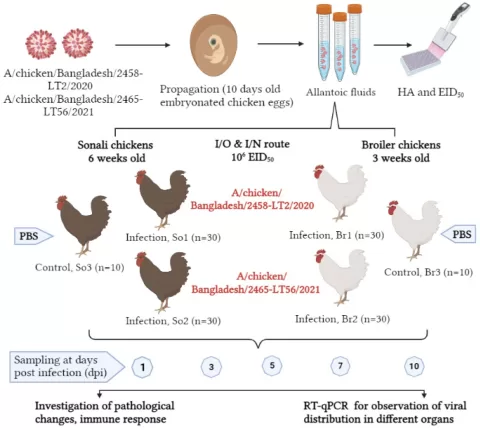In recent weeks, avian flu updates have unveiled significant developments in the fight against this persistent virus, specifically concerning H5N1 avian flu and its impacts on wildlife. The alarming detection of H5 avian influenza in dead sea lions in Argentina has caused concern, as this marks the first instance of the virus affecting mammals in the country. Meanwhile, reports from Russia indicate an outbreak at a poultry farm, where millions of birds are at risk. Additionally, a new H1N2v flu case has emerged in Michigan, highlighting the ongoing developments in influenza variants news. As authorities tighten biosecurity measures, understanding the transmission dynamics of avian influenza remains crucial to prevent further outbreaks.
Recent developments surrounding avian influenza, commonly referred to as bird flu, have sparked significant attention within the health and veterinary sectors. The recent alerts regarding H5N1 occurrences in both avian and marine mammal populations, particularly among sea lions, indicate a worrying trend. Such instances underline the importance of monitoring and managing various influenza variants that can cross species barriers. Moreover, the emergence of a new H1N2 variant flu case in Michigan further emphasizes the need for vigilance against zoonotic transmissions. As public health officials navigate the complexities of these outbreaks, comprehensive updates will be essential in informing both the public and policymakers.
Latest Avian Flu Updates for 2023
In August 2023, avian flu updates confirmed significant developments in the ongoing battle against avian influenza, particularly in regions such as Latin America and Russia. Argentina’s National Food Safety and Quality Service (Senasa) announced the first incidences of H5 avian flu detected in sea lions, emphasizing the virus’s impact on marine wildlife. This is part of a larger pattern, as neighboring Chile has seen more than 16,000 sea lion deaths attributed to the same virus, raising concerns regarding the ecological effects and transmission dynamics of avian influenza among mammalian species.
With over six countries in the Americas now reporting avian flu in mammals, public health agencies, including the World Health Organization, are closely monitoring these cases. Surveillance efforts are ramping up to understand the pathways of transmission and address potential risks to both wildlife and human populations. Keeping track of these avian flu updates is critical, particularly as we see H5N1 and its implications for animal and public health continue to evolve.
H5N1 Avian Flu Outbreaks in Russia
Russia has recently faced a concerning outbreak of H5N1 avian flu on a large poultry farm located in Bashkortostan. News from the World Organization for Animal Health reported that this outbreak has resulted in the death of 15 birds from a total of over 3 million housed on the farm. This situation highlights the ongoing risk that H5N1 poses not only to domestic poultry but to broader agricultural systems in affected areas. Efforts are underway to contain the spread of the virus, which may involve culling infected birds and implementing strict biosecurity measures.
The implications of the H5N1 outbreak are significant for both animal health and food security. With the potential for further spread among poultry and possibly into wild bird populations, authorities are doubling down on their containment strategies. Monitoring and swift response mechanisms are crucial to managing this situation effectively. As we witness the rise in H5N1 cases across different regions, it emphasizes the need for ongoing vigilance against influenza variants and their capacity to adapt.
Impact of Avian Influenza on Marine Wildlife
The detection of H5 avian flu in sea lions in Argentina marks an alarming trend in the spread of avian influenza into marine mammals. This development can create a cascading effect within marine ecosystems, particularly as other countries like Peru and Chile report similar cases. The presence of avian influenza in mammals raises questions regarding interspecies transmission and the broader implications for wildlife health, biodiversity, and conservation efforts.
Research into how avian influenza affects marine life is still in its infancy. However, as more cases are recorded, the urgency to understand the implications grows. Conservationists and wildlife health professionals must work together to formulate responses that protect affected species while also considering the health of local ecosystems. Public awareness and early detection will be key in managing the plight of sea lions and other wildlife potentially impacted by avian flu.
Understanding the H1N2v Flu Case in Michigan
The recent case of H1N2v flu in Michigan has brought attention to the variants of influenza that can emerge from interactions between humans and livestock, in this case, pigs. The patient reported respiratory symptoms after attending an agricultural fair, highlighting another avenue through which influenza variants can spread. With state health officials confirming the strain and the patient receiving treatment, this situation serves as a reminder of the importance of monitoring any zoonotic disease outbreaks.
As health agencies continue to evaluate the case, the H1N2v strain’s emergence emphasizes the need for ongoing vigilance regarding influenza variants. With testing revealing no connections to the more common H1N1 or H3N2 strains, it opens up questions about how these less frequent variants move into human populations. The careful surveillance of both pig populations at fairs and potential human cases will be critical as we navigate the complexities of influenza variants.
Global Responses to Avian Influenza Threats
In light of the recent avian flu outbreaks affecting various regions, countries are ramping up their global responses to manage these infectious threats. Agencies like the World Organization for Animal Health and the World Health Organization emphasize proactive monitoring of avian influenza incidences in both domestic and wild populations. Collaboration at international levels is essential to implement effective biosecurity measures and share knowledge regarding prevention and containment strategies.
The global response not only focuses on immediate containment but also on developing long-term strategies to mitigate the effects of avian flu. Vaccination of poultry, public awareness campaigns, and better research into avian flu transmission routes will play significant roles moving forward. By prioritizing comprehensive responses, global health authorities aim to safeguard against future avian influenza outbreaks and potentially limit their impact on both human and animal populations.
Recent Trends in Influenza Variants
Recent news on influenza variants reveals a concerning trend as unexpected strains like H1N2v surface, raising alarms among health officials. Despite its rarity, the emergence of such variants illustrates the unpredictable nature of influenza viruses and their ability to jump species. This calls for enhanced surveillance systems to detect these variations early and implement preventive measures effectively.
Monitoring these influenza variants closely, especially in relation to agricultural practices and animal husbandry, becomes crucial as zoonotic diseases remain a persistent threat. Public health campaigns that educate individuals about potential risks, particularly in settings such as fairs and agricultural shows, are essential in minimizing human exposure to these variants. As the conversation about influenza variants continues, researchers and health officials remain diligent in their efforts to understand and manage this ever-evolving challenge.
Public Health Measures Against Avian Influenza
Given the recent developments in avian influenza outbreaks, public health measures are becoming increasingly necessary to mitigate the risks associated with these diseases. Comprehensive strategies that include vaccination of poultry and monitoring of wildlife can help prevent further transmissions. Additionally, educating the public on the importance of reporting unusual animal deaths can lead to quicker responses which could ultimately save lives.
Engaging local communities through educational programs plays an essential role in fostering awareness about avian influenza. Public health offices can collaborate with agricultural organizations to create training materials and workshops that highlight safe practices when interacting with livestock and wildlife. By promoting proactive measures, we can decrease the likelihood of zoonotic transmission and protect public health.
Fostering Collaboration in Infectious Disease Management
The recent avian flu updates highlight the urgent need for collaboration among countries and health organizations to effectively manage infectious diseases. Cooperation can lead to shared resources, knowledge, and strategies that enhance our understanding of avian influenza’s impact on both animal and human populations. By working together, we can better anticipate outbreaks and respond swiftly to emerging threats.
Collaborative efforts in research can also provide valuable insights into the mutations of influenza viruses, enabling researchers to develop more effective vaccines and treatment protocols. A multi-disciplinary approach, combining veterinary, ecological, and public health expertise, is essential for comprehensive infectious disease management. By fostering partnerships at every level, we can create a robust response framework and improve our preparedness for future outbreaks.
The Future of Avian Influenza Research
As the world grapples with the ongoing challenges posed by avian influenza, the future of research in this field remains paramount. Investigating avian flu’s transmission dynamics, especially its movement from birds to mammals, requires innovative approaches and dedicated funding. Continued research efforts will not only provide insights into existing strains like H5N1 but also help predict future variants and their potential effects on public health.
Future studies should also focus on developing effective vaccines for both poultry and susceptible mammals, including sea lions affected by avian flu. Collaborative research initiatives that explore the genetic makeup of influenza viruses can aid in identifying vulnerabilities that treatments can target. The commitment to prioritizing avian influenza research is vital for ensuring we are prepared for any emerging flu threats.
Frequently Asked Questions
What are the latest avian flu updates regarding H5N1 outbreaks in Russia?
Recent avian flu updates indicate that Russia is experiencing an outbreak of H5N1 avian flu at a poultry farm in Bashkortostan, which affected over 3 million birds. The outbreak was reported on August 9, 2023, and has resulted in the death of 15 chickens out of nearly 3.2 million birds.
How has the avian flu affected sea lions in Argentina?
Avian flu updates reveal that Argentina has confirmed its first cases of H5 avian flu in sea lions, specifically in Tierra del Fuego. This marks Argentina as the sixth country in the Americas to report avian flu in mammals, exacerbating a troubling trend where over 16,000 sea lion deaths have been reported in Chile and detections have occurred in Peru.
What are the details regarding the H1N2v flu case reported in Michigan?
The H1N2v flu case reported in Michigan is notable as it involves a child under 18 who exhibited respiratory symptoms after being exposed to pigs at an agricultural fair. The child was diagnosed with H1N2v influenza after tests confirmed the virus, and fortunately, no additional cases have been linked to this event.
What is the significance of the recent avian influenza report from the Pan American Health Organization?
The Pan American Health Organization’s report is significant as it underscores the spread of avian influenza among mammals, with Argentina recently joining the list of countries that include the US, Canada, Chile, Peru, and Uruguay in detecting the virus in sea lions.
Are there any public health concerns related to the recent avian flu updates?
Yes, the avian flu updates prompt public health concerns due to the potential transmission of H5N1 avian flu to other animal populations and potentially to humans. Continuous surveillance and monitoring are essential to contain the spread of this variant and protect both animal and public health.
| Event | Details |
|---|---|
| H5 Avian Flu in Argentina Sea Lions | First detections in mammals; sea lions found dead in Tierra del Fuego. Argentina is the sixth country in the Americas to report avian flu in mammals. |
| H5N1 Outbreak in Russia | Outbreak at a poultry farm with over 3 million birds, resulting in 15 deaths. The outbreak started on August 9, 2023. |
| H1N2v Flu Case in Michigan | Variant flu case in child exposed to pigs at a fair; symptoms started July 29, treated with oseltamivir, under recovery. |
Summary
Avian flu updates are crucial as they provide essential insights into the ongoing challenges posed by various strains of the virus affecting both birds and mammals. Recent reports from Argentina, Russia, and Michigan highlight significant developments in avian influenza cases, emphasizing the need for continuous monitoring and public health preparedness.
The content provided on this blog (e.g., symptom descriptions, health tips, or general advice) is for informational purposes only and is not a substitute for professional medical advice, diagnosis, or treatment. Always seek the guidance of your physician or other qualified healthcare provider with any questions you may have regarding a medical condition. Never disregard professional medical advice or delay seeking it because of something you have read on this website. If you believe you may have a medical emergency, call your doctor or emergency services immediately. Reliance on any information provided by this blog is solely at your own risk.








